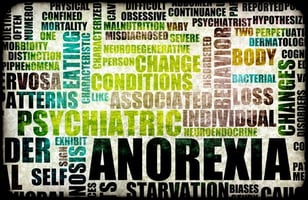Among offspring of individuals with bipolar disorder, 25% were diagnosed with the disorder,...
Bipolar Disorder Risk Factors Identified in Children of Parents With the Disorder
 |
The study was led by David Axelson, M.D., of the Department of Psychiatry at Nationwide Children's Hospital in Columbus, Ohio, and colleagues at the University of Toronto Medical Center and the University of Pittsburgh Medical Center. The report, "Diagnostic Precursors to Bipolar Disorder in Offspring of Parents With Bipolar Disorder: A Longitudinal Study," is published in AJP in Advance.
The study compared 391 high-risk children aged 6 to 18 (those with a parent who has bipolar disorder) with 248 matched children from a community sample in which no parent had the illness. The mean follow-up duration was 6.8 years.
Data showed that the high-risk offspring had significantly higher rates of subthreshold mania; hypomania; manic, mixed, or hypomanic episodes; and major depressive episodes than did the children in the community sample. They also had higher rates of attention-deficit/hyperactivity disorder, anxiety disorders, substance use disorders, and disruptive behavior disorders. The analysis of prospective data showed that subthreshold manic or hypomanic episodes were most strongly associated with subsequent manic, mixed, or hypomanic episodes. The researchers suggested, however, that "major depressive episodes and disruptive behavior disorders are also indications for close clinical monitoring of emergent bipolarity in high-risk offspring."
To read more about bipolar disorder research, see the Psychiatric News articles "Link Found Between Glutamate, Adolescent Bipolar Disorder" and "Family-Focused Therapy Reduces Bipolar Symptoms in Youth."
(image: Lightspring/Shutterstock)





